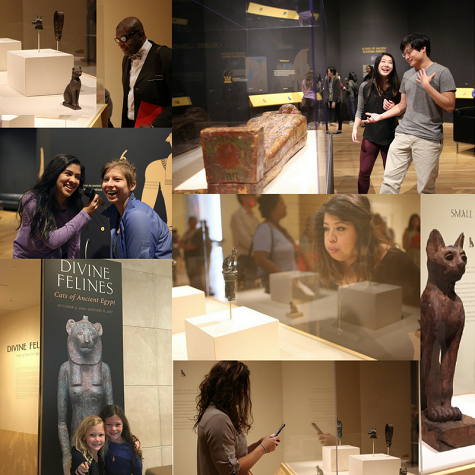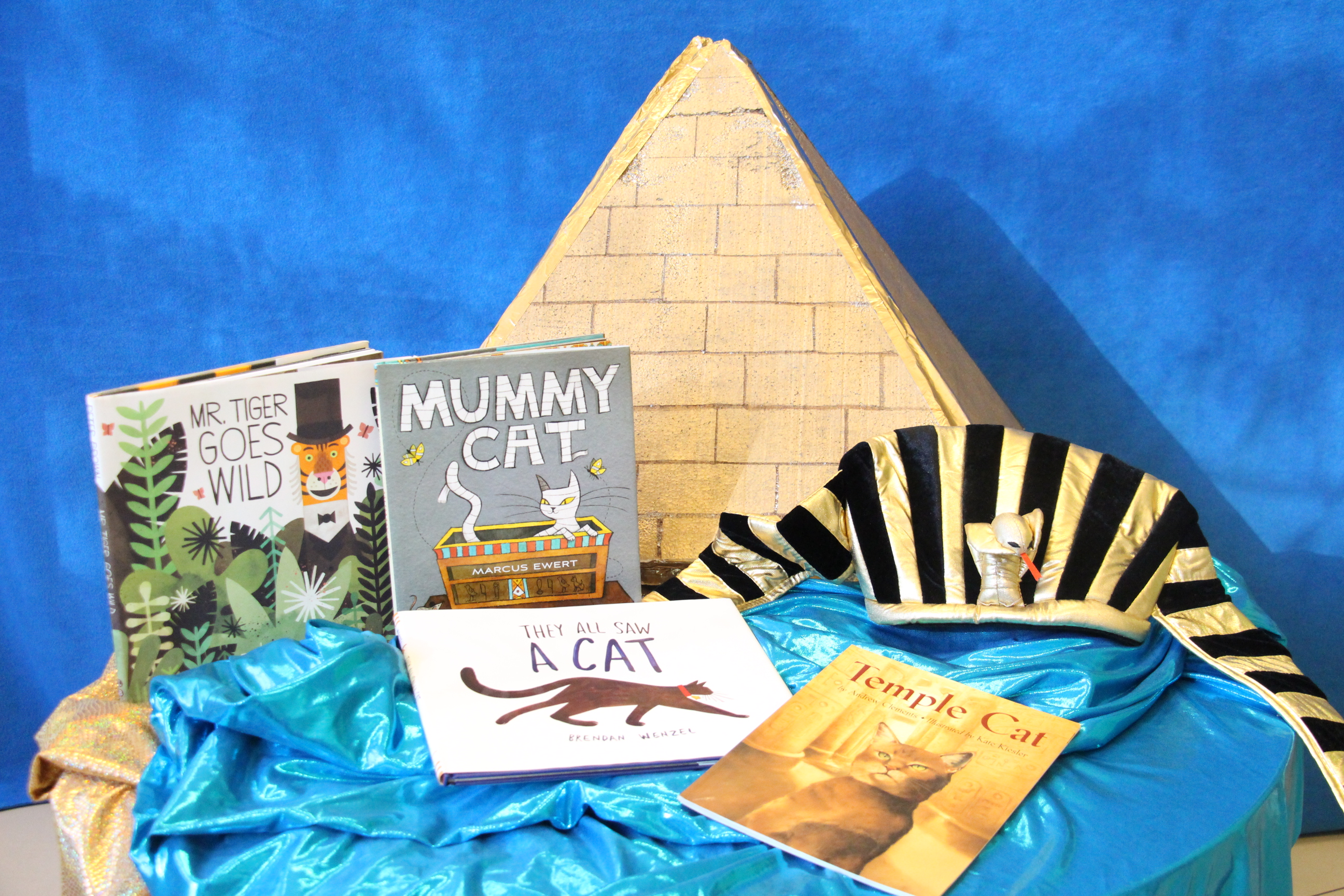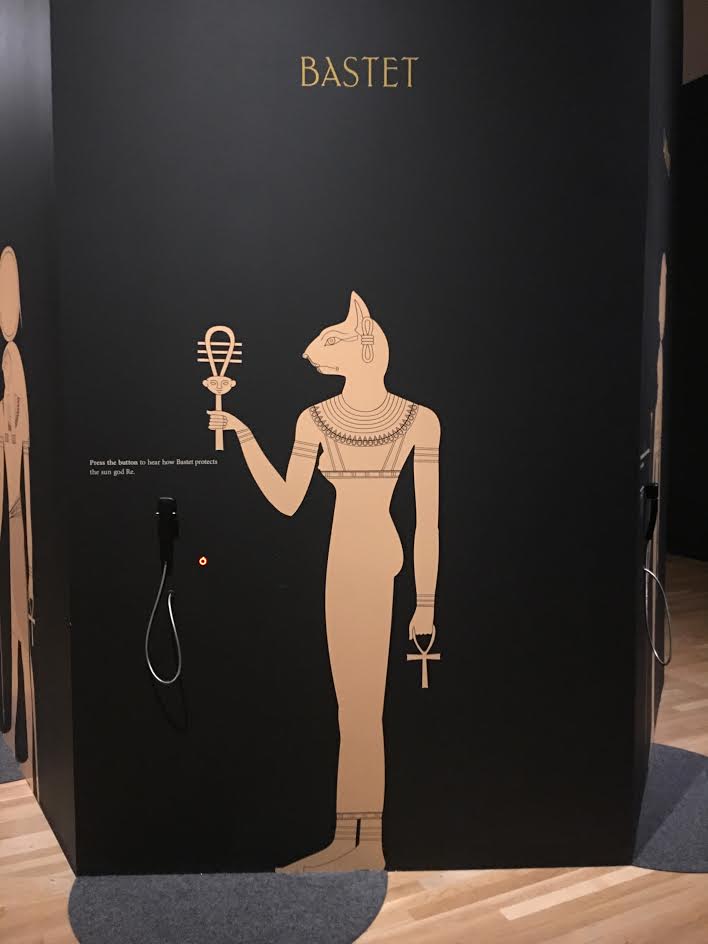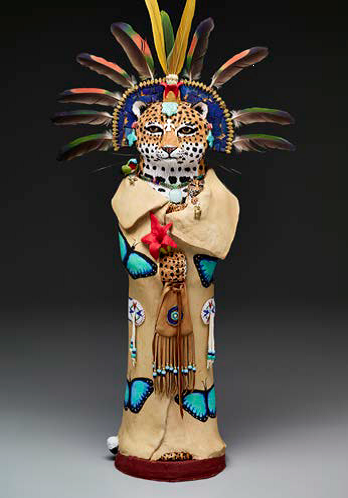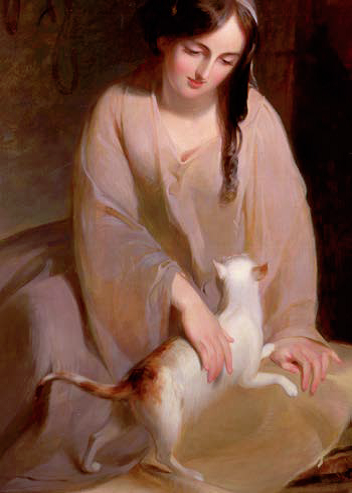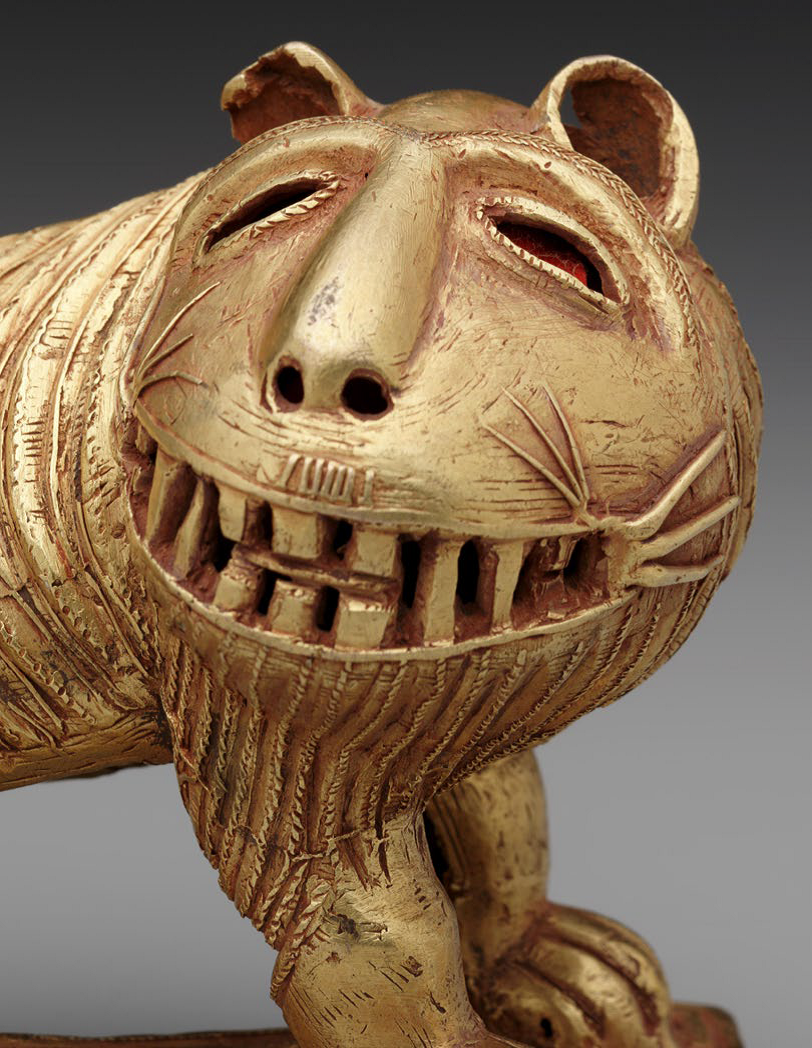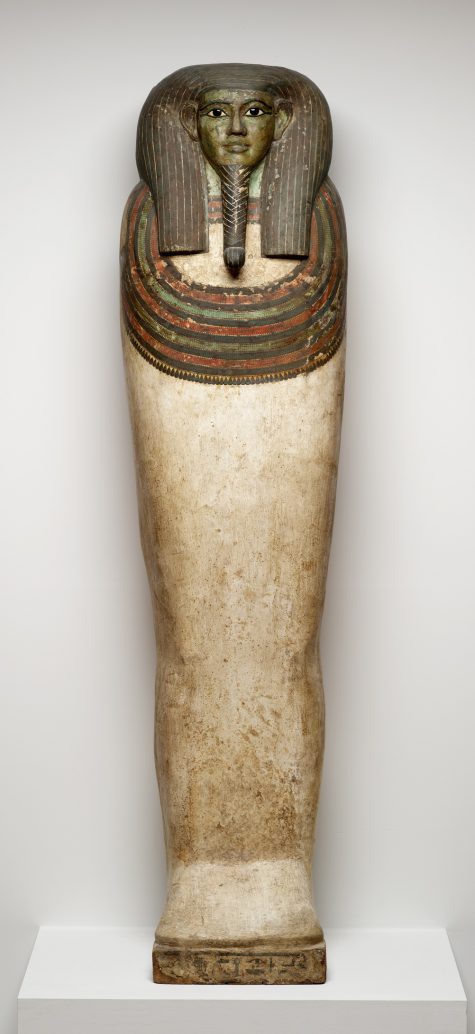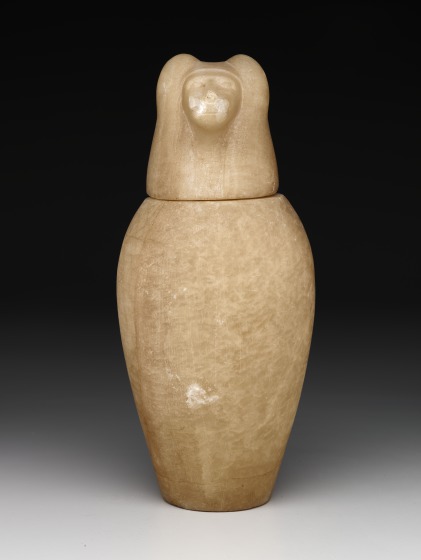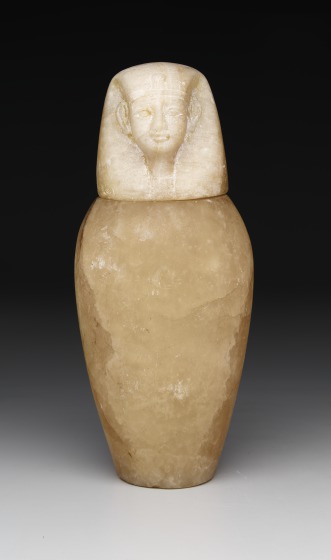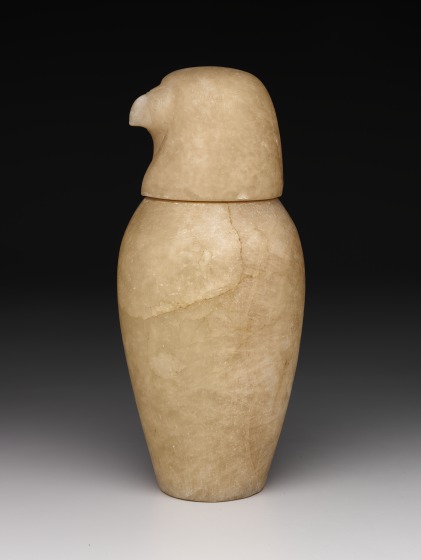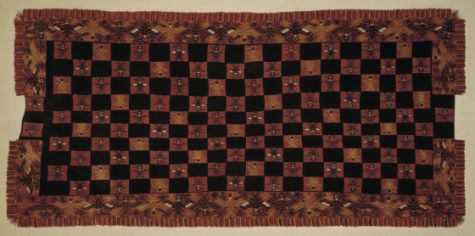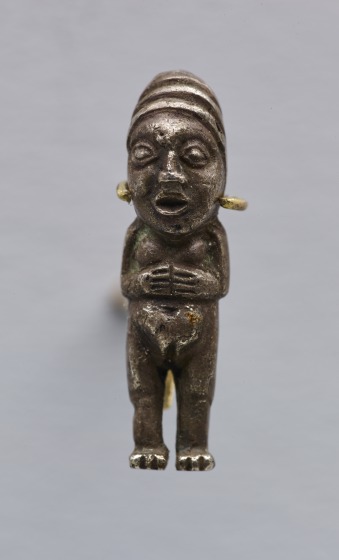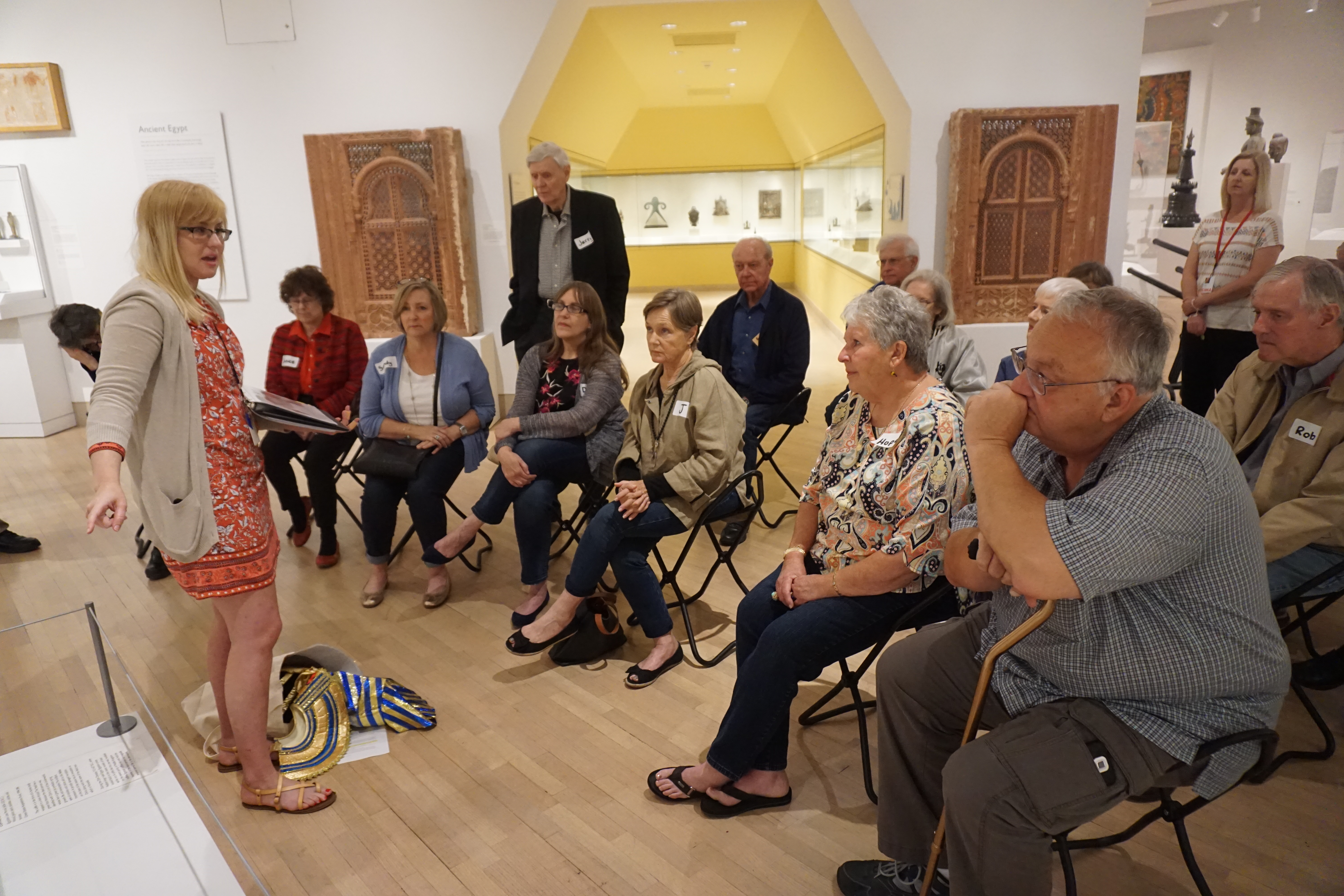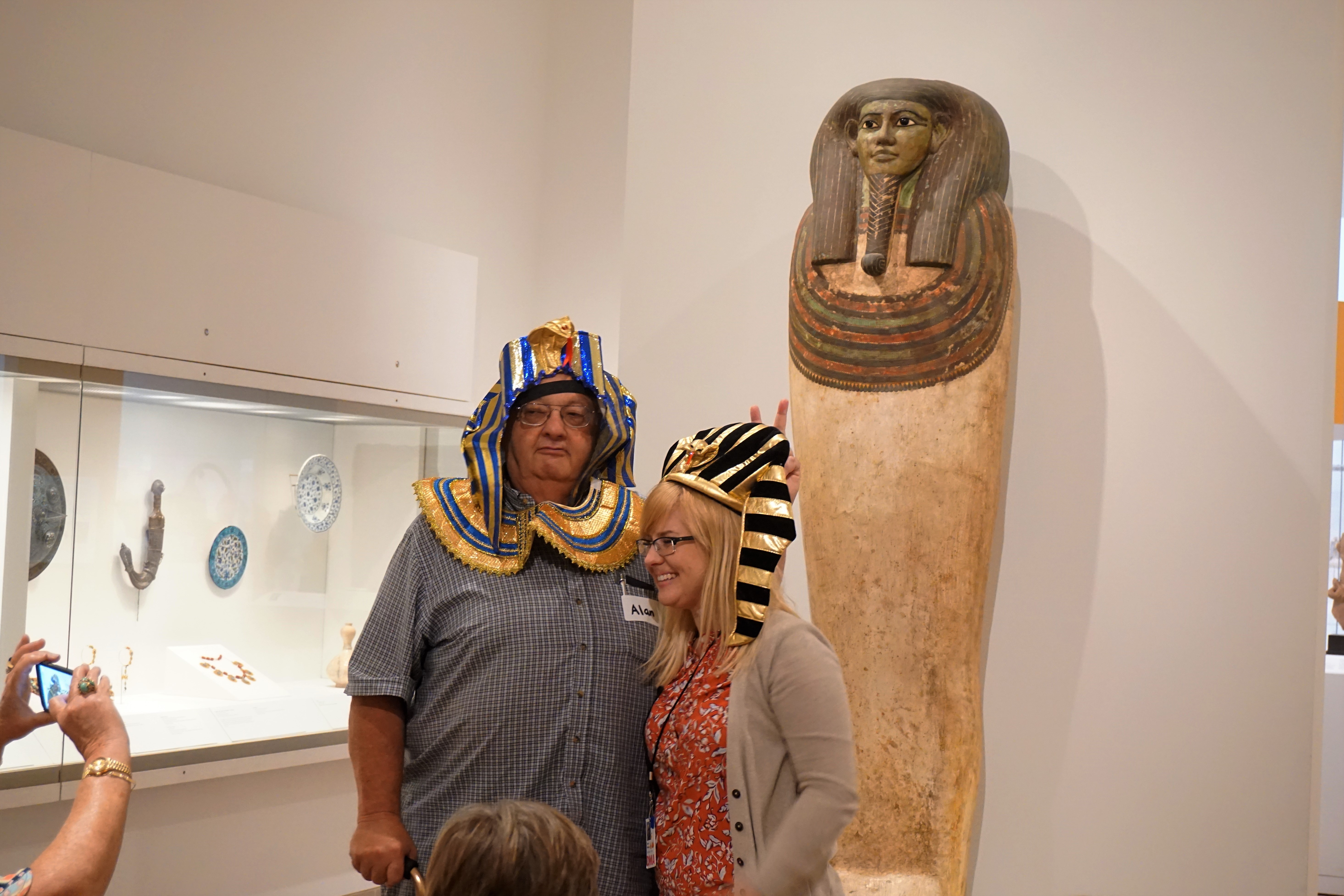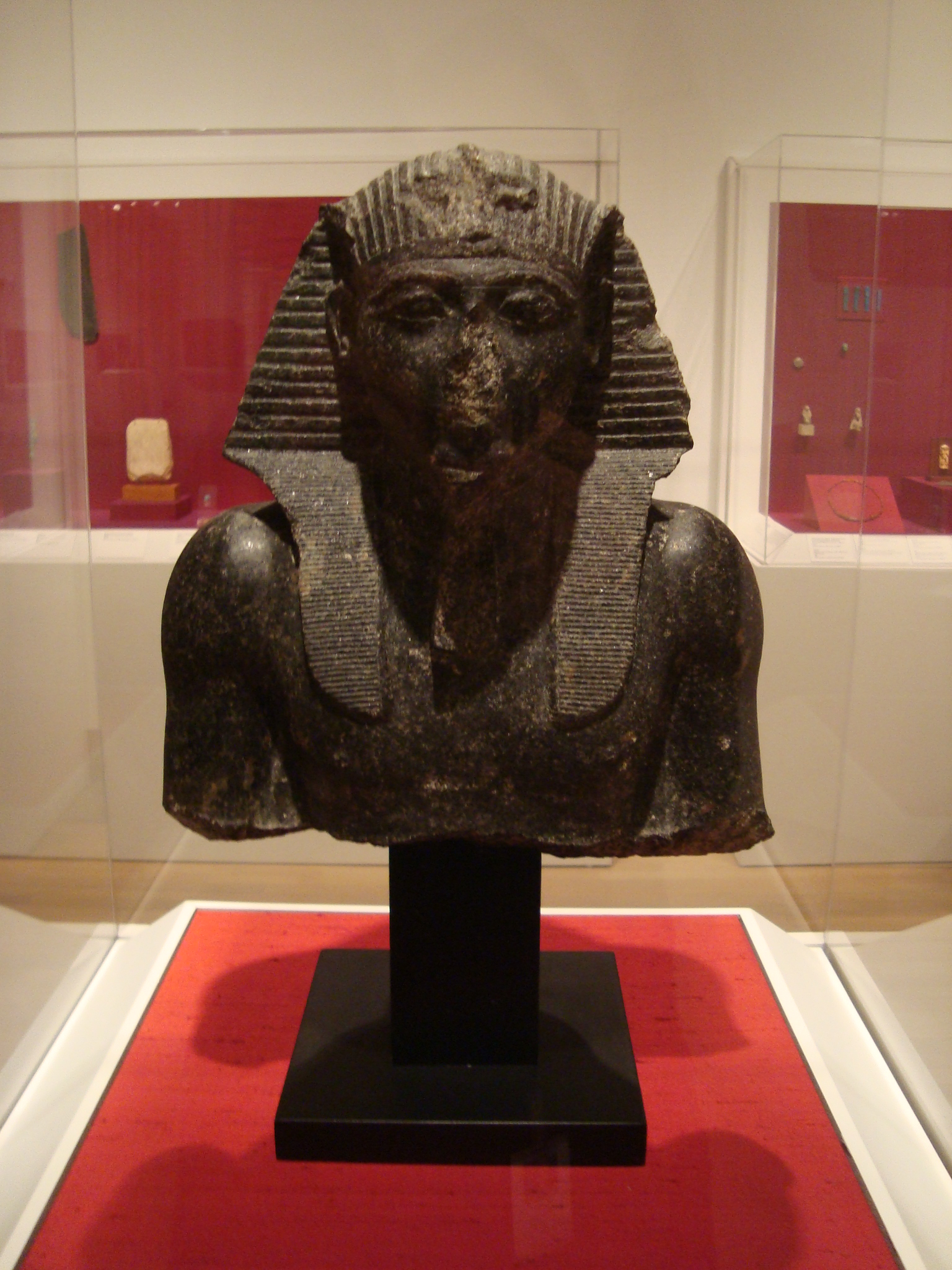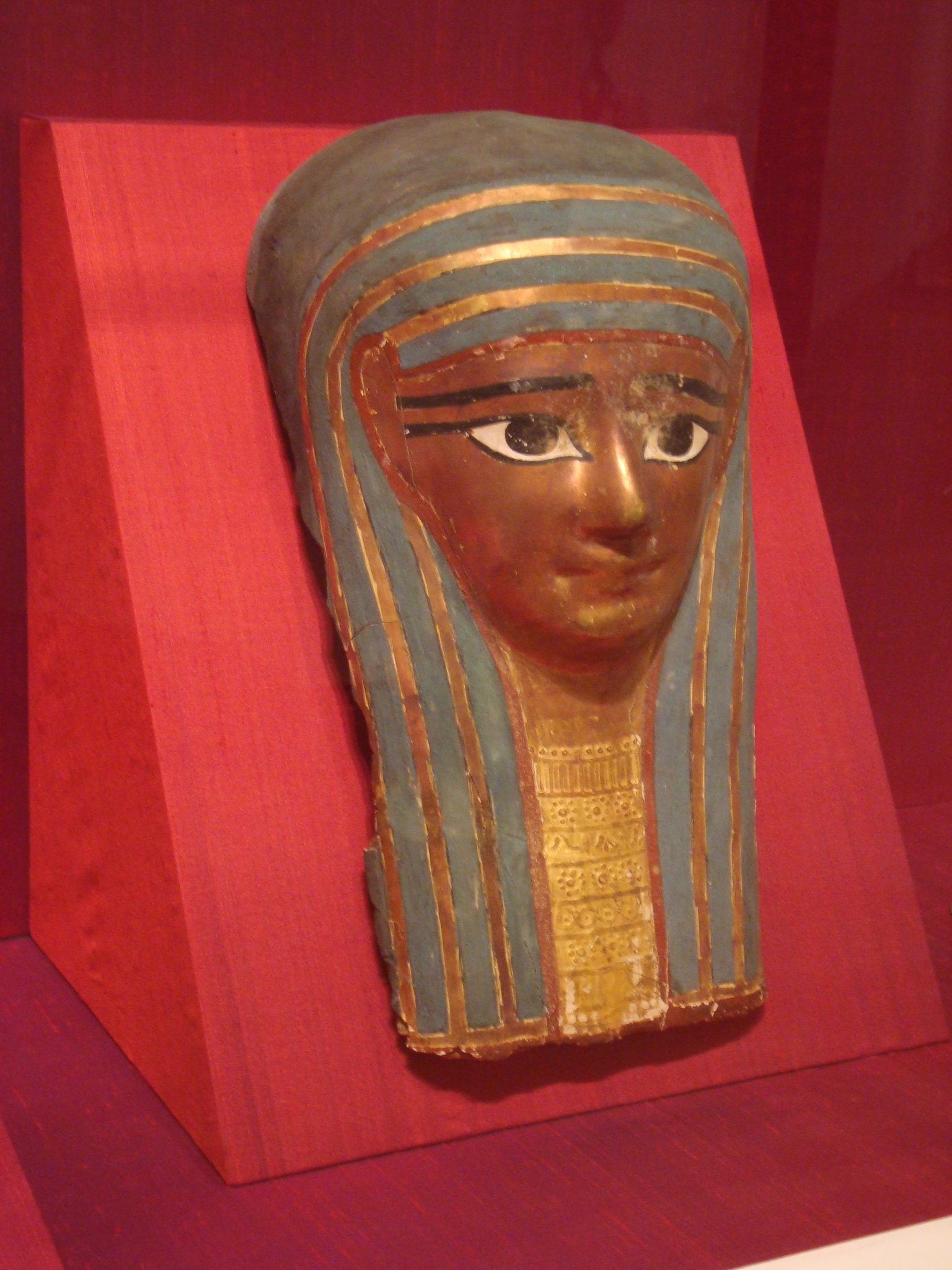Cats are invading the DMA beginning this Sunday, October 9, when the Museum opens the nationally touring exhibition Divine Felines: Cats of Ancient Egypt. The exhibition features 80 objects from the world-renowned Egyptian collection of the Brooklyn Museum depicting cats and lions in ancient Egyptian mythology, kingship, and everyday life (and a few dogs too).
Below is an interview with DMA curator and avid cat-lover Dr. Anne Bromberg that was first published in the DMA Member magazine Artifacts. Mark your calendars for a cat-tastic night on Friday, October 21, during a special Late Night celebrating all things cat and Egypt. Listen to the purrrfect soundtrack to understand why cats are the Furry Conquerors of Culture, and follow the DMA on Spotify.
What are you most excited to present in this exhibition?
The ancient Egyptians were superb artists. Or perhaps one should say they were wealthy enough that they could afford to pay artists generously. The other interesting aspect is that for the Egyptians, cats were very important as divinities, as well as fun and delightful in ordinary life. I’ve said this to practically everybody, but cats have the closest brains to primates, or us, monkeys!
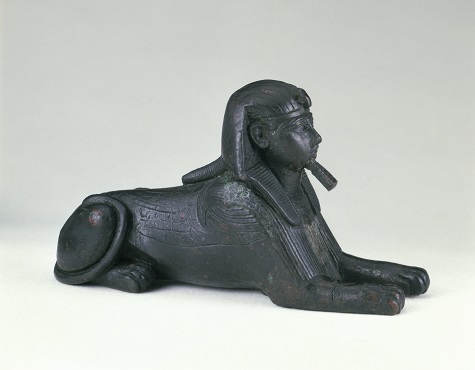
Sphinx of King Sheshenq, Egypt, Third Intermediate Period, c. 945–718 B.C.E., bronze, Brooklyn Museum, Charles Edwin Wilbour Fund, 33.586
Many people associate the ancient Egyptians with death or funerary rituals.
That’s partly because tombs were substantially built, so they survived. It’s clear from tomb paintings that the homes of the ancient Egyptians were equally glamorous, but almost none of that has survived.
What did this glamorous life look like?
They had beautiful clothes and were well fed. Furnishings of the everyday, as well as ritual objects, were exquisitely made. I’m sure they had trashy junk (because everyone does) but the impression you have is that the objects people lived with were really beautiful. The Egyptians believed that after death you could live forever in the land of eternal life. Part of the appeal of all Egyptian art, and certainly of this show, is that you see art made by people who believed you could take it with you.
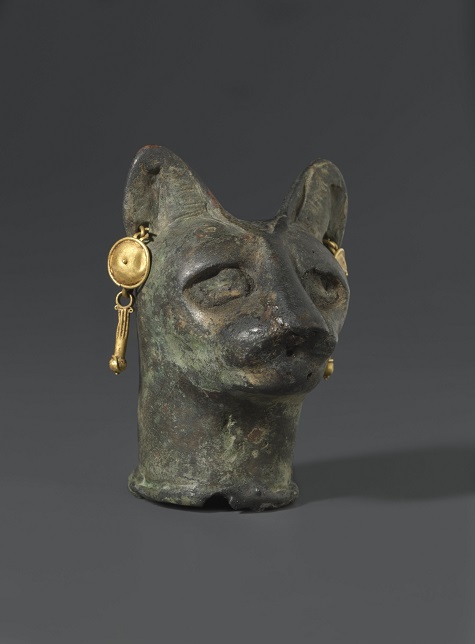
Cat’s Head, Egypt, Roman Period, 30 B.C.E.-3rd century C.E., bronze and gold, Brooklyn Museum, Charles Edwin Wilbour Fund, 36.114
It’s impressive that the ancient Egyptian civilization lasted so long.
They were isolated to some degree, and they had a foolproof source of food with the Nile River. They were also extremely literate. People who conquered Egypt knew they were taking over one of the most sophisticated cultures in their world, so they allowed that culture to continue. This many-thousand-year continuity of culture did not disappear until the coming of the Christians, who were opposed to traditional Egyptian religious ideas.
Does any part of that culture persist today?
Something that has continued unabated from prehistoric times and up until today is the passion for cats. It is still a very pro-cat civilization.
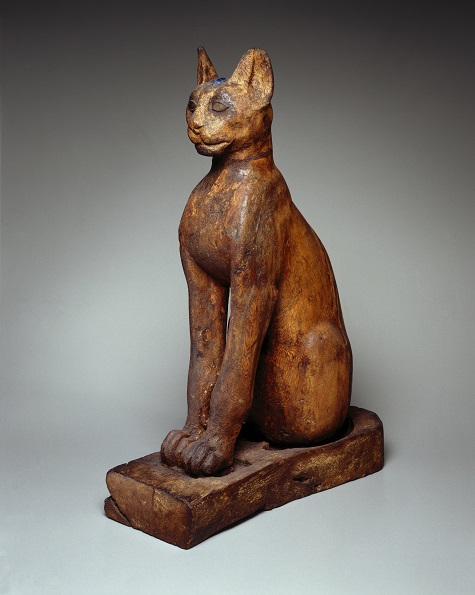
Figure of a Cat, Egypt, Ptolemaic Period-Roman Period, 305 B.C.E.–1st century C.E., wood (sycamore fig), gilded gesso, bronze,rock crystal, and glass, Brooklyn Museum, Charles Edwin Wilbour Fund, 37.1945E
Kimberly Daniell is the Senior Manager of Communications, Public Affairs, and Social Media Strategy at the DMA.
